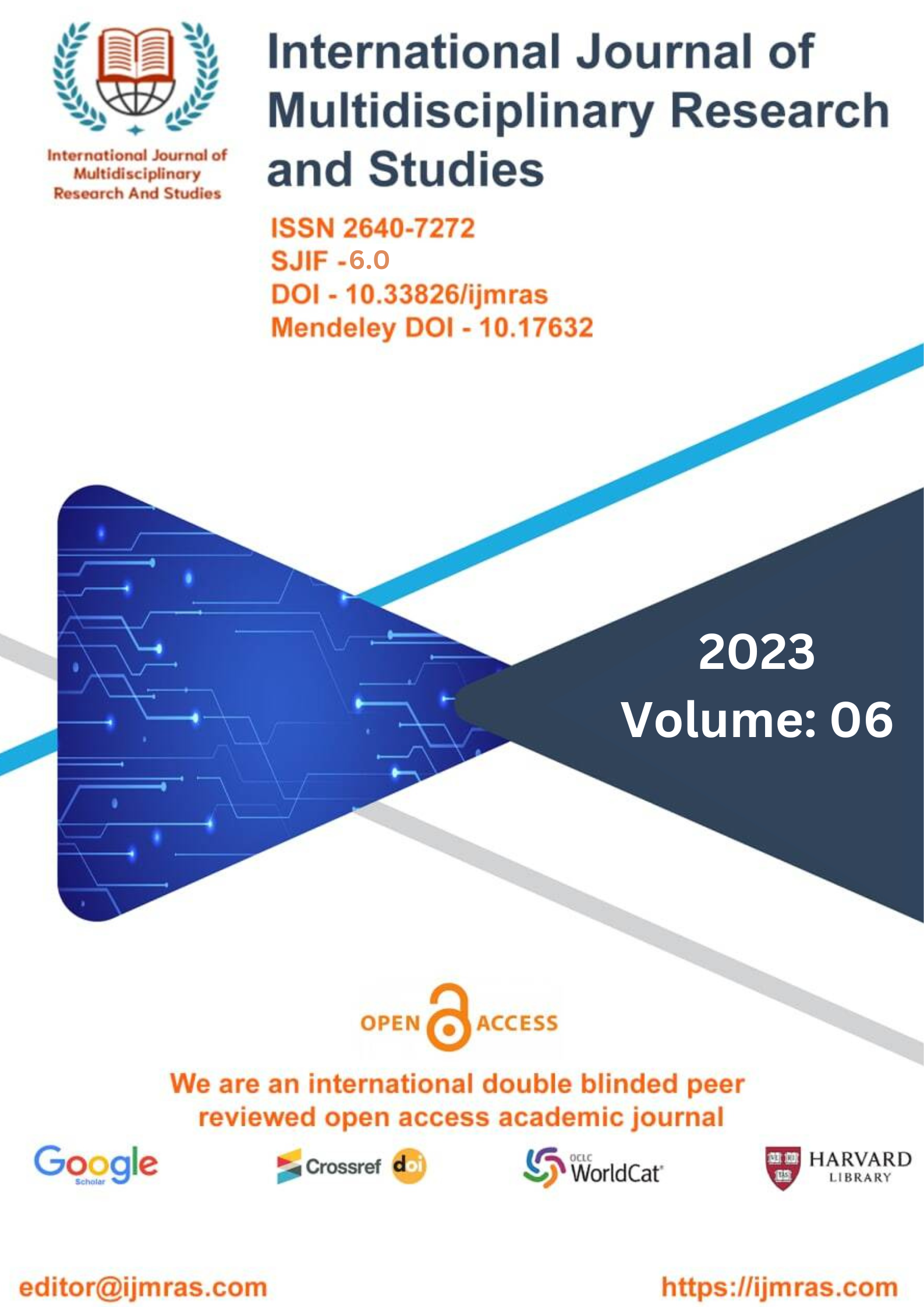The Effectiveness of Problem-based Physics learning strategies to enhance HOTS and Critical Thinking Skills of High School Students of NIS, Chemistry and Biology, Shymkent.

Abstract
This study aimed to analyze whether the gain of student’s creative thinking and High order thinking skills by using conventional learning and problem-based learning model; to analyze whether the gain of creative thinking and High order thinking skills of students taught by problem-based learning (PBL) model was better than the conventional learning. , two groups of sixty Science NIS, Shymkent students from tenth grade participated in a controlled experiment with pre-and post-tests. The experiment included both a test of knowledge and an assessment of creative and critical thinking abilities. The sample of this research were taken by using a class random sampling technique consisted of two classes. Class X-B was an experimental class taught by a problem-based learning model; Class X-D was control class taught by conventional learning. The instruments of the research were valid essay tests of creative thinking and High order thinking skills. The data were analyzed by using a t-test. The results showed that: the average gain of student’s creative thinking and High order thinking skills taught by conventional learning was at a low level and the mean gain of students’ creative thinking and High order thinking skills taught by the problem-based learning model was at medium level. The average gain of students’ creative thinking and High order thinking
skills taught by the problem-based learning model was better than conventional learning. There was an effect of the problem-based learning model on students’ creative thinking and High order thinking skills.
We found PBL to be effective in improving the critical thinking and High order thinking skills of the students based on the result of the mean analysis, standard deviation, and t-test. The researchers recommend that problem-based learning may improve the level of critical thinking skills of the students and improve the teaching-learning process
Keywords
Problem Based Learning Model, Creative Thinking Ability, High order thinking skillsHow to Cite
References
Greiff S, et al. 2014 Educ. Res. Rev. 13 74
Anderson LW and Krathwohl DR 2001 A Taxonomy for Learning Teaching and Assessing (New York: Longman Inc)
Yuliati S R dan Lestari I 2018 32(2) 181
Sanjaya W 2006 Strategi Pembelajaran Berorientasi Standar Proses Pendidikan (Jakarta:
Bada S O, & Olusegun S 2015
Bhattacharjee J 2015
Krau S D 2011
Miri B, David B-C & Uri Z 2007 Res. Sci. Educ., 37(4) 353
Nuthall G 1999 Elem. Sch. J. 303
Pappas E, Pierrakos O, & Nagel R 2012 J. Clean. Prod., doi: .1016/j.jclepro.2012.09.039
Yao K J 2012 Using modern educational technology promote learners' Higher-Order Thinking Skill (In Z)
Zohar A, & Dori Y J 2003 J. Learn. Sci. 12(2) 145
Woolfolk A E 1993 Educational Psychology 5th ed. (New York: Pearson Education)
Selçuk G S, Caliskan S, & Erol M 2008
Lee CY, Chen MJ& Chang WL 2014
Gall, Meredith D, Joyce P Gall, dan Walter R Borg 2003 Educational Research (New York: Pearson Education)
Silitonga HTM, Supriyati Y
Silitonga HTM, Sirait J 2017 Research 4(1) 1
Sucipto S, Mustaji M, and Maryono A 2017 Proceeding Int. Conf. Educ. Innov. 1(1)
License
Copyright (c) 2023 MARGARITA KOLESNIKOVA, chandan pal singh, AINUR SMAGULOVA, ZHANAR BAYDILDAYEVA

This work is licensed under a Creative Commons Attribution 4.0 International License.
Individual articles are published Open Access under the Creative Commons Licence: CC-BY 4.0.



